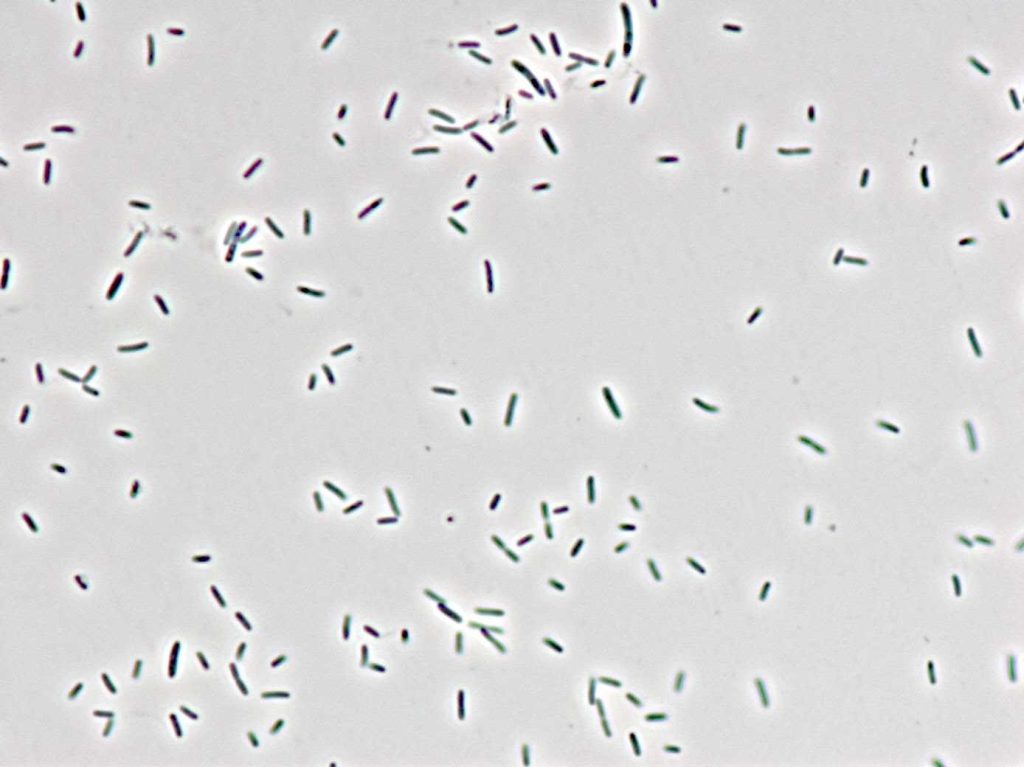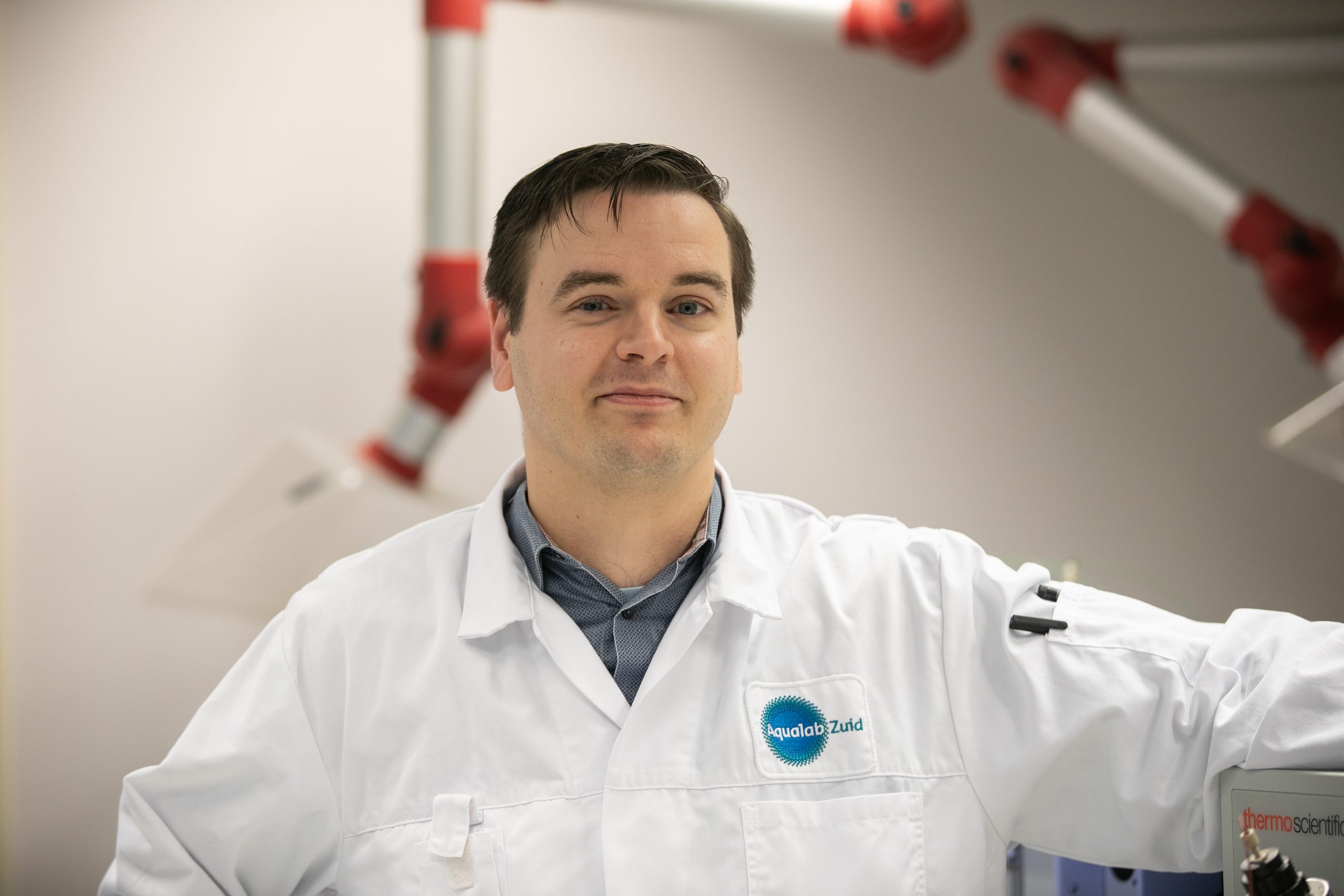The experts from the Expertise Group of Aqualab Zuid (AQZ) were recently presented with an interesting issue from Ovivo Water, a global supplier of water treatment solutions.
Peter Fischer, Advisor Water Quality at AQZ, says: ‘At one of their customers, Ovivo found a biofilm of composition in the pipeline of a water treatment facility. A biofilm is a layer composed of slime and bacteria which forms on the inside of a pipe through which water is transported. This can lead to blockages or even leaks in the pipe. Because it is important for the user of this installation that the process water is as pure as possible, it was important to determine the bacterial composition of this biofilm and especially find out on which nutrients it is able to grow.’
Biofilm samples for DNA analysis
The pure water in which this biofilm grows contains few nutrients, meaning that only a small number of micro-organisms are able to thrive and create a biofilm layer in which other microbial species can also live. This meant it was time for expert research. ‘When the pipes were replaced, biofilm samples were collected from pipe material and analysed based on their DNA composition. It was investigated which species of bacteria occurred (identity) and in what proportion (quantity). The results showed two species that were very dominant: Ampullimonas aquatilis and Acidovorax radicis.’ Peter then dove into the scientific literature to get to know these two ‘main suspects’ better.
Precious teamwork of two rare species
Little is known about Ampullimonas aquatilis – it has only been described by name twice. Peter: ‘This species is probably the primary nitrogen source for the bacteria in the biofilm: it is able to convert dissolved nitrogen gas from the air into biologically available nitrogen. It probably gets its energy from substances produced by that other common species, Acidovorax radicis. This bacterium is able to convert dissolved CO2 into biomolecules. It is likely that the presence of Acidovorax radicis in the pipe system examined, initiates the development of the biofilm as it is known to produce a range of compounds known as homoserine lactones, which induce biofilm growth. This brief hypothesis seems to solve the mystery of the composition of biofilms and what they can grow on. And the advice for the owner of this installation? Regularly flush the pipes with lye to break down the biofilm. After all, there is little you can do about two bacteria that can live on substances in the air.’

About AQZ’s Expertise Group
How do we deal with new substances in the water and with innovative research techniques? What influence do changing regulations have on our measurements and on our clients’ orders? These are questions that are discussed daily in the office of AQZ’s Expertise Group. This department is an important link between questions from our clients, new developments in drinking water research and the daily routine in our water laboratory.
The advisors of the AQZ ‘knowledge hub’ have a wide range of expertise. Knowledge exchange also takes place outside the walls of our drinking water laboratory. The members of the Expertise Group represent AQZ in various working groups and committees in the drinking water (laboratory) sector. Peter says: ‘We share our knowledge and actively participate in conversations about future challenges and opportunities, but also about current events. You can think of developments in technology, changes in drinking water standards and emerging, new unknown substances that are found in the river or groundwater used for drinking water production.’
Source: AQZ


